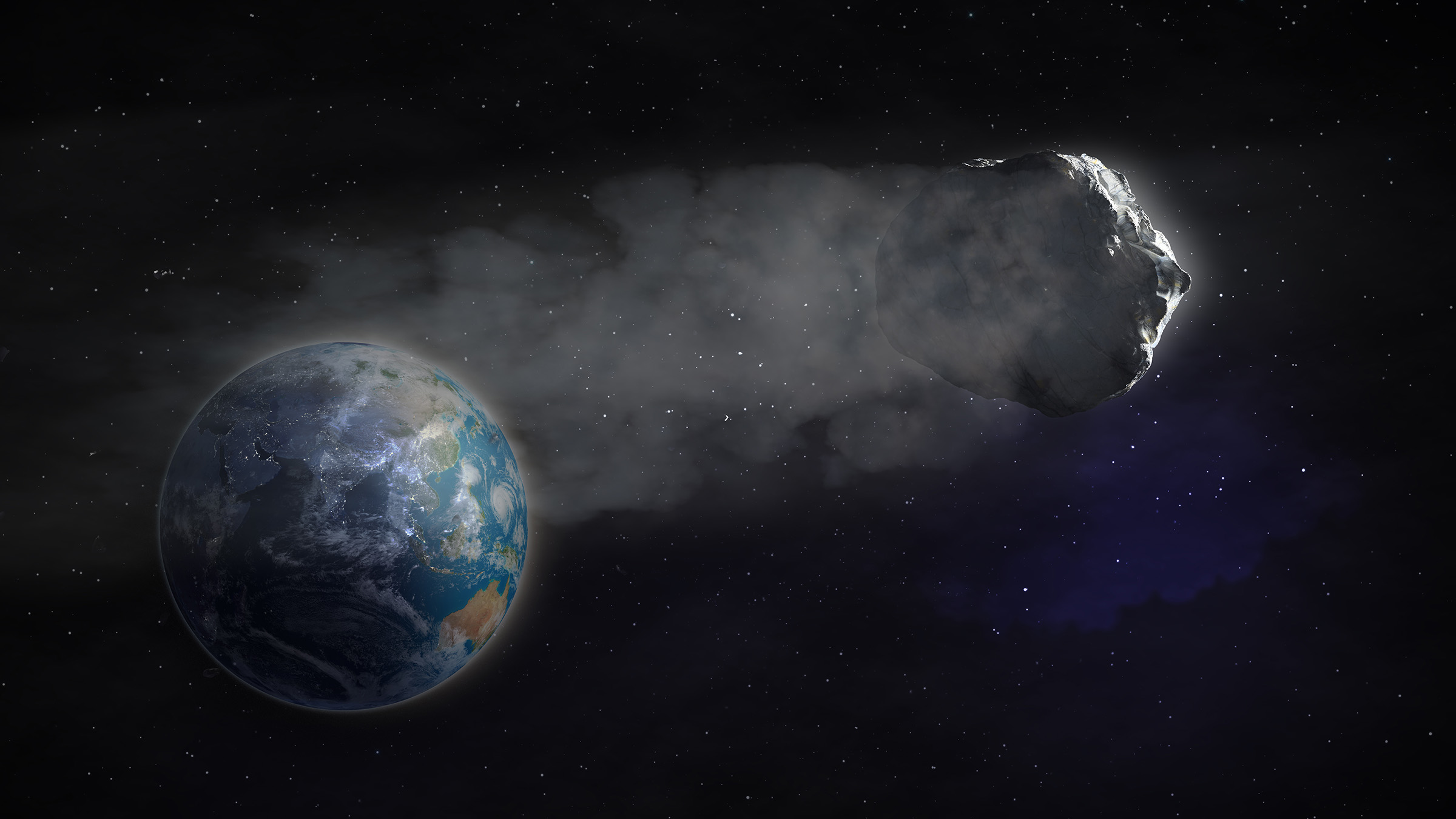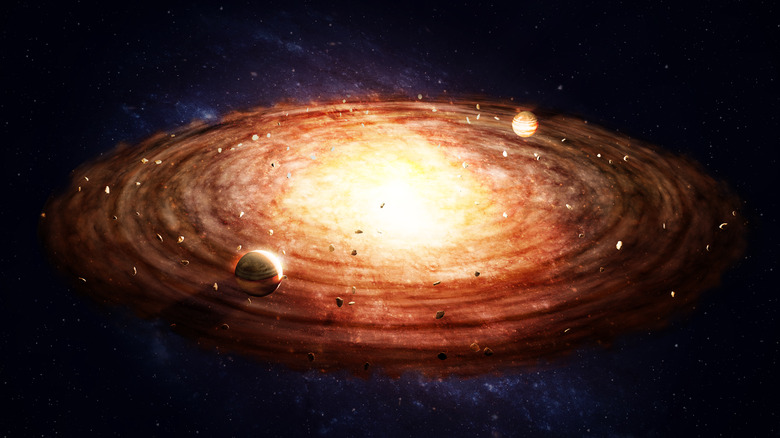Astronomers Found A Massive Cloud Of Water Floating In Deep Space
Astronomers studying the formation of a distant star have discovered a cloud of water in space. The water, which is both regular water as we know it from Earth, as well as heavy water – water where one of the hydrogen atoms has been replaced by deuterium – could offer new insights into the origins of water in our solar system.
This discovery is also intriguing because it's the first time that astronomers have been able to measure the composition of water in a protoplanetary disk. The disc of material is located roughly 1,300 light-years away in the constellation Orion, called V883 Orionis. On top of teaching us more about the origin of water in our solar system, the water cloud astronomers found in space also teaches us more about star formation.
According to researchers involved with a new paper, being able to measure the amount of water in a protoplanetary disk will finally help us fill in the gaps of what happens between the protostar phase and comets that are created from the leftovers of the planet formations. It's an intriguing find that will no doubt help push our research into star and planetary formation to new levels.

In most cases, water found in space is usually discovered in the form of water ice. This type of water is usually found on comets and even circling planets in belts and asteroid fields. In fact, many believe Earth's water originated from comets. But where do comets get the water from? The discovery of this cloud of water in space may have given us that answer.
That's because comets are typically made up of the leftover material used in the formation of planets. Planets like those that will be formed within this protoplanetary disk. As such, the concentration of water found in this particular disk could answer some questions about how some comets get such high concentrations of water ice on them. Additionally, understanding how the cloud of water interacts with the rest of the disk is important.
The Atacama Large Millimeter / submillimeter Array (ALMA) made the discovery possible. This large radio telescope is located in Chile, and can locate chemical signatures in protoplanetary disks, which allowed it to discover the cloud of water in V883 Orionis.
